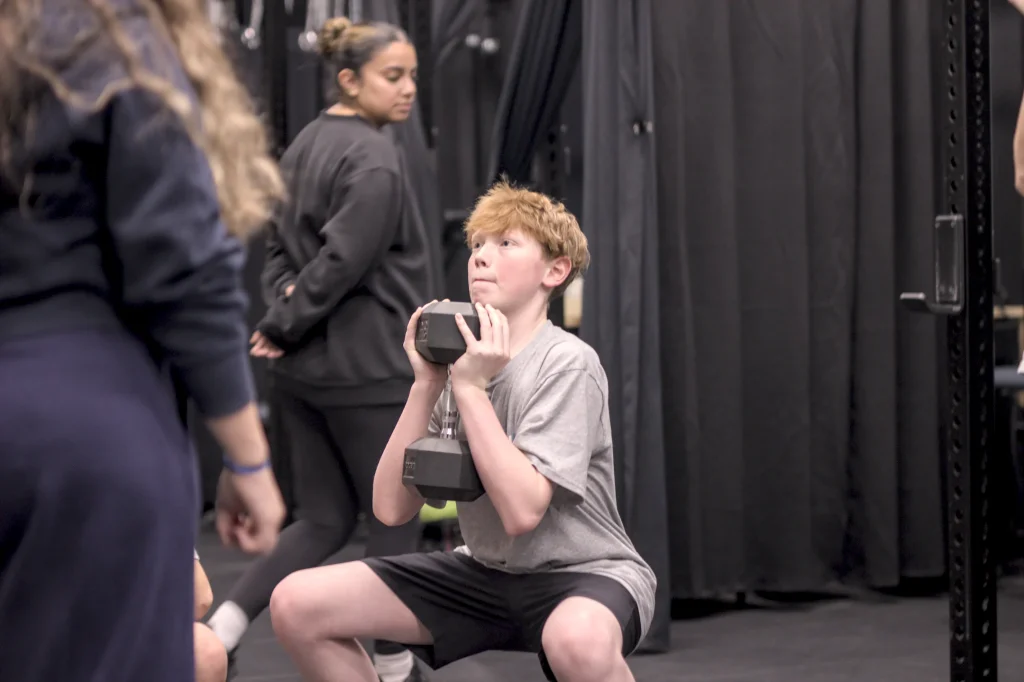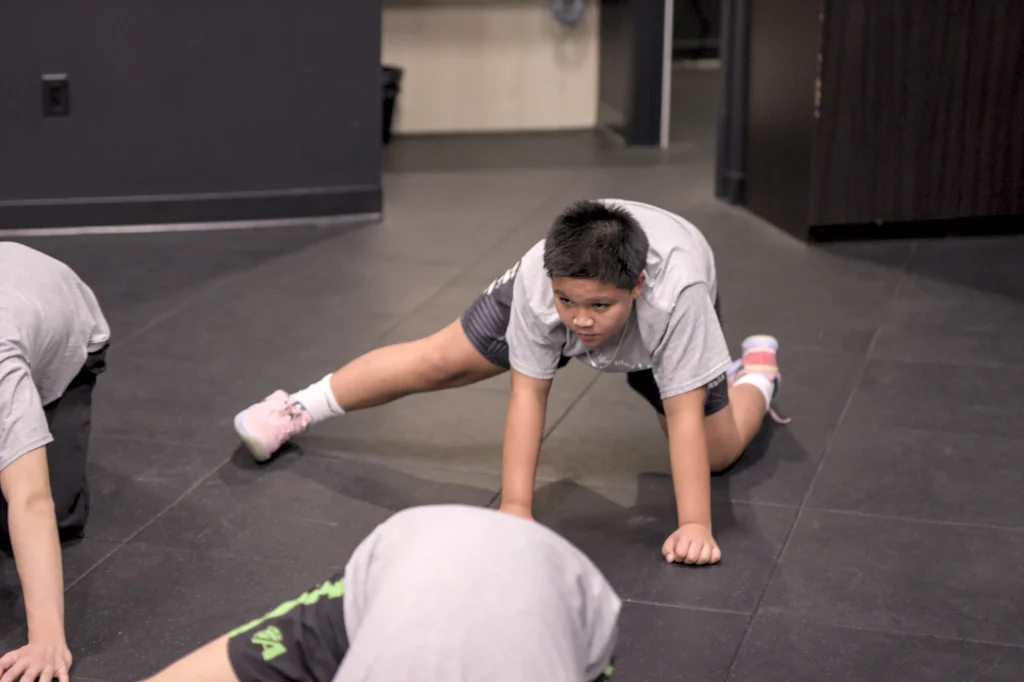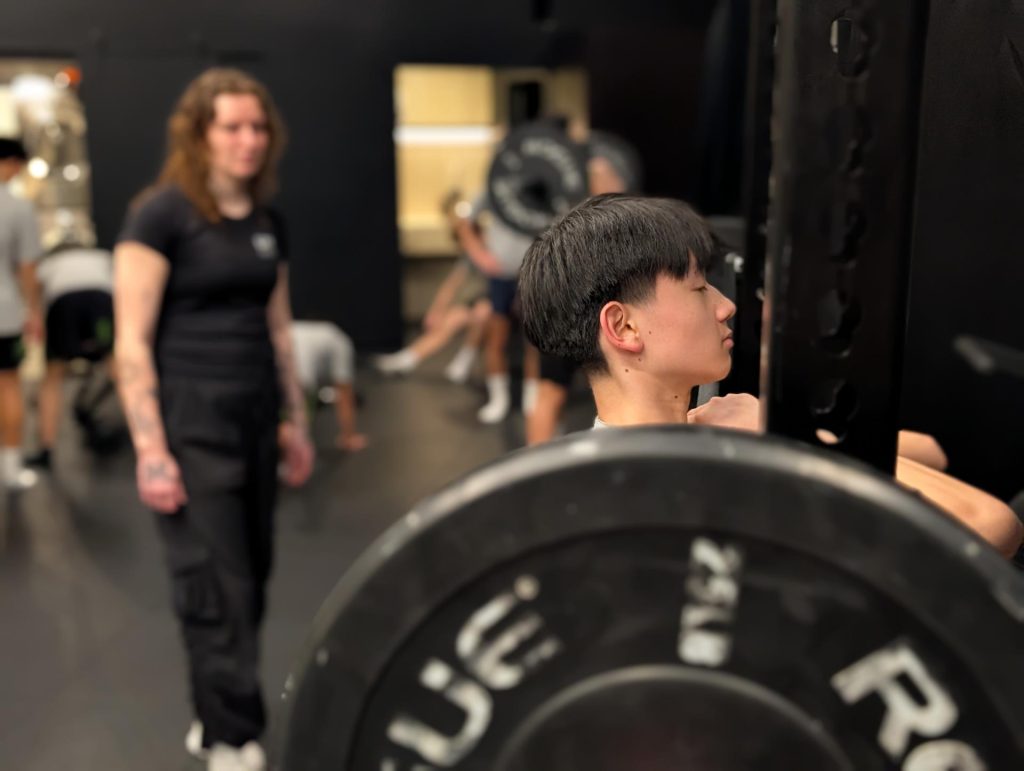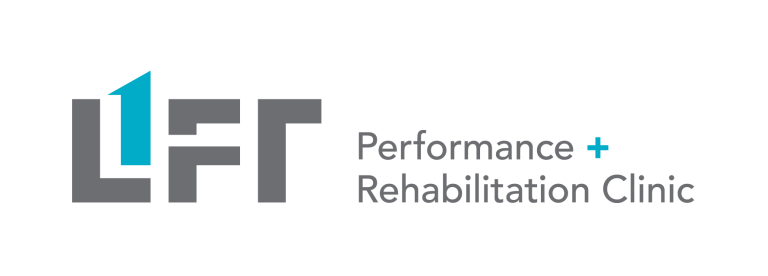In my work with youth athletes at Lift Clinic, I’ve seen first-hand how resistance training can shape not just performance, but a young person’s confidence, coordination, and long-term love for movement.
In my own youth, a focused period of strength training during one offseason from football was an absolute game-changer for me physically and in terms of confidence on and off the field. Being in the position to bring even higher quality training to today’s youth is really exciting for me.
And yet, I still meet parents and coaches who are unsure if it’s the right time — or even safe — for their 12- to 15-year-old to start strength training.
Let’s clear that up.
If you’re the parent of an active tween or teen, a coach working with middle school athletes, or a young athlete yourself, this post is for you. I’ll walk through what the science — and our experience at Lift Clinic — says about the right way to integrate strength training at this stage of development.
This Is a Critical Time for Development — And Strength Training Should be Designed Accordingly
The Long-Term Athlete Development (LTAD) model provides a roadmap for helping youth develop athletic potential in a safe, structured way. For ages 12–15, we’re typically looking at the “Training to Train” stage — a period that focuses on developing foundational strength, speed, and endurance while continuing to build movement skills.
At this age, kids are often hitting — or recovering from — Peak Height Velocity (PHV), the fastest period of growth during puberty. It’s a time of opportunity, but also of vulnerability.
Growth spurts can temporarily reduce coordination and flexibility – sometimes bones are growing so quickly that the muscular system is playing catch-up.
In sports, this often looks like new injuries popping up or a sudden decrease in physical performance – even losing the ability to perform skills you could once do.
Awkward.
That’s where well-designed strength training comes in — it helps kids move better, feel stronger, and reduce injury risk.

Strength Training Builds More Than Muscle
When done well, resistance training at this age offers wide-ranging benefits:
Physically, it helps improve:
- Strength, power (max force in minimum time), and coordination
- Bone density during a critical period for skeletal development
- Balance, posture, and control through rapid physical changes
Mentally, it builds:
- Confidence in movement and body awareness
- Focus, self-regulation, and a growth mindset
- Enjoyment of physical activity — not fear or frustration
Athletically, it supports:
- Faster, more resilient movement patterns
- Better performance in sport-specific tasks like jumping, sprinting, or changing direction
- Fewer overuse and acute injuries from poorly controlled mechanics or imbalances
I’ve seen kids come in unsure of their bodies — awkward from a growth spurt, or frustrated after an injury — and leave stronger, sharper, and more confident. It’s one of the most rewarding parts of my job.
We’ve even worked with kids who’ve had a major injury like an ACL or rotator cuff tear, and through carefully guided strength training, given them both a safe alternate activity while they’re away from their sport, and the opportunity to come back stronger, in spite of their missed time.
Growth Spurts Can Be Tricky — Strength Training Makes It Safer
Puberty comes with a surge in hormones like testosterone and growth hormone. For boys, this typically means a larger increase in muscle mass and power capacity post-PHV. Girls also benefit, but their strength gains tend to be more neuromuscular in nature — improving movement control, joint stability, and injury resistance.
But with these changes come risks. We see a spike in injury risk during and after PHV, especially in sports that require running, jumping, or pivoting — think ACL tears, patellofemoral pain, and recurrent ankle sprains.
This is why strength training matters.
Not to turn kids into bodybuilders, but to teach them to move well, load safely, and adapt to the changes happening in their bodies.
With proper coaching, they learn to squat, hinge, push, pull — skills that make every movement in sport and life easier, more controlled and more confident.

What Safe, Effective Training Looks Like at 12–15
At Lift Clinic, our youth strength programs are built on technical quality first, load second. Here’s what we prioritize:
- Movement foundations: mastering squats, lunges, deadlifts, push-ups, and rows — often with bodyweight or light external load.
- Progressive overload: gradually increasing challenge based on technical skill and maturity, not age or peer pressure.
- Coach-led atmosphere: safe, supportive, and encouraging — we build community and confidence.
- Periodization: planning intensity and recovery to match growth, sport demands, and school stress.
In this phase, we also start introducing athlete education — teaching youth how to warm up, cool down, manage soreness, and recover. These physical literacy skills will stick with them for life.
Beyond this, we’ve also heard back from participants years down the road – reflecting on how much confidence they have in the gym compared to their peers.
Specifically, university-age kids have told us how this was a catalyst for them to feel like they belong in the gym, know what to train, why they’re doing it and how their training aligns with their goals and values.
“Now at 30, I can honestly say that starting a youth strength program at 14 with my football teammates helped shape the course of my life. It gave me the physical literacy, athleticism, and confidence to compete as a varsity football athlete in university, build a career coaching hundreds of recreational and competitive athletes, and stay active today through rec soccer, Olympic weightlifting, and marathons. That early experience gave me a sense of purpose in the gym, and a confidence that’s stayed with me ever since.”
- Gabe Pamintuan, CSCS, Strength Coach & Clinic Manager
Injury Prevention Matters and It’s Our Responsibility to Lead
Whether a kid is on track for national-level competition or just loves playing basketball after school, resistance training helps protect against both acute and overuse injuries. Research has demonstrated that regular strength training can help prevent two thirds of sports injuries for youth athletes.
Examples include:
- Low back pain from poor control or weak trunk muscles
- Patellofemoral pain from tracking issues or strength imbalances
- ACL tears, especially in post-pubertal girls with decreased neuromuscular control
- Ankle sprains from poor landing mechanics, strength and balance deficits
Going beyond strength training, properly executed, research-proven warm-ups have also been documented to decrease injuries by 40-60% or more. At Lift Clinic we run workshops for sport-specific injury prevention warmups to help teams level up and apply the latest methods.
As a parent of two young athletes myself, the combination of performance gains, confidence, lifelong physical literacy is really exciting.
But knowingly sending my kids out on the field/court without doing everything I can do to help them prevent injuries is something I can’t turn my back on. And that’s a huge part of why Lift Clinic is offering these services.
Let’s be clear – as a rehab business we could sit back and wait for the injuries to come in, but that’s just not acceptable to us. We’re purpose-built to help people reach their goals.
How Lift Clinic Is Uniquely Built for Youth Athlete Development
Our team at Lift Clinic includes physiotherapists, chiropractors, massage therapists, and strength coaches who work together to support athletes from all walks of life. We’re not a bootcamp, and we’re not a group of physios masquerading as strength coaches — we’re a space where performance and health live side by side.
Here’s what sets us apart:
- Highly trained coaches with Kinesiology degrees and elite-level experiences including coaching in varsity gyms and working with national-team athletes
- Clinician-coach collaboration: when an athlete has an injury, we can assess, treat, and adjust their training plan — all under one roof
- Custom programs that meet each youth where they’re at, from nervous beginners to ambitious competitors
- Community values that prioritize confidence, joy, and long-term development
Whether your child needs to rehab an injury, build strength to prevent one, or just feel better in their body — we’re here to help.

Next Steps: Help Your Child Build Strength That Lasts
If you’re wondering whether now is the right time for your 12- to 15-year-old to start strength training, the answer is: it likely is — especially with the right guidance.
We’ve developed a range of team, small group, partner and individual training options to help athletes of all ages experience high-quality strength and conditioning coaching.
Get started with Lift to Train strength and conditioning services for 12-15 year olds today.
Let’s give the next generation the foundation they deserve.
